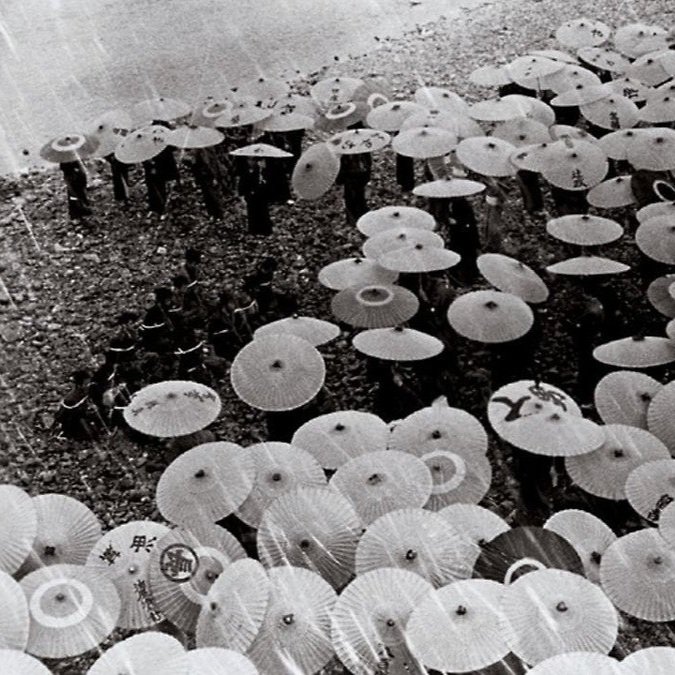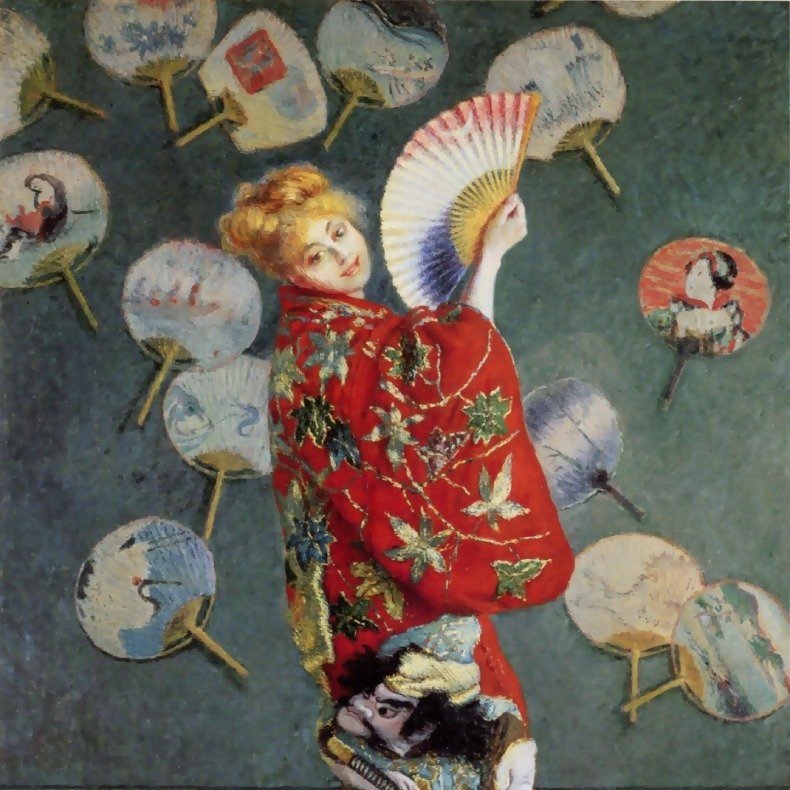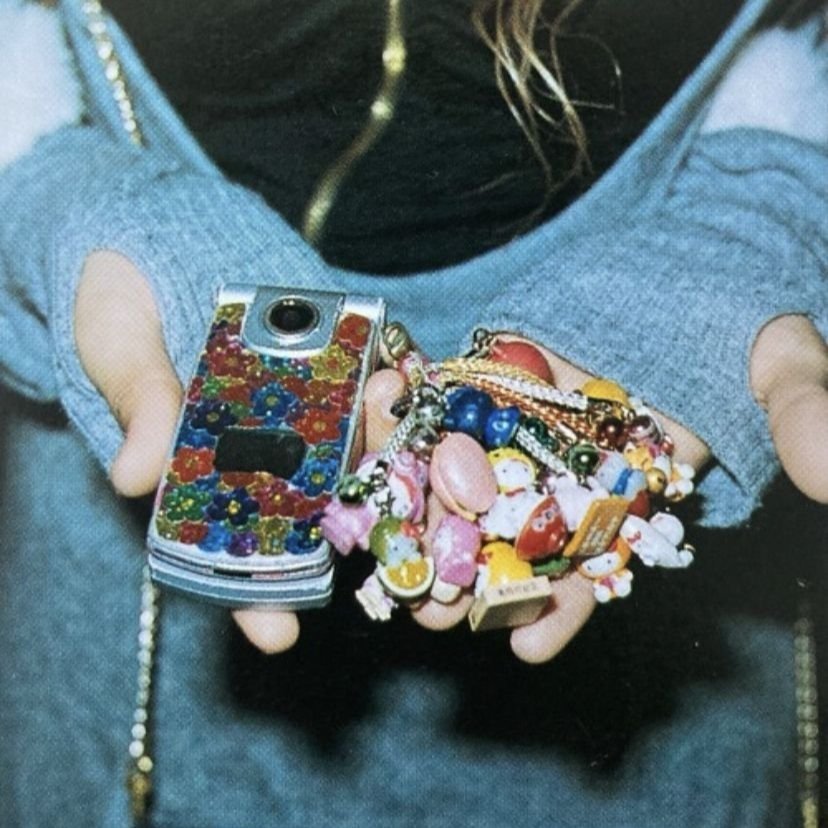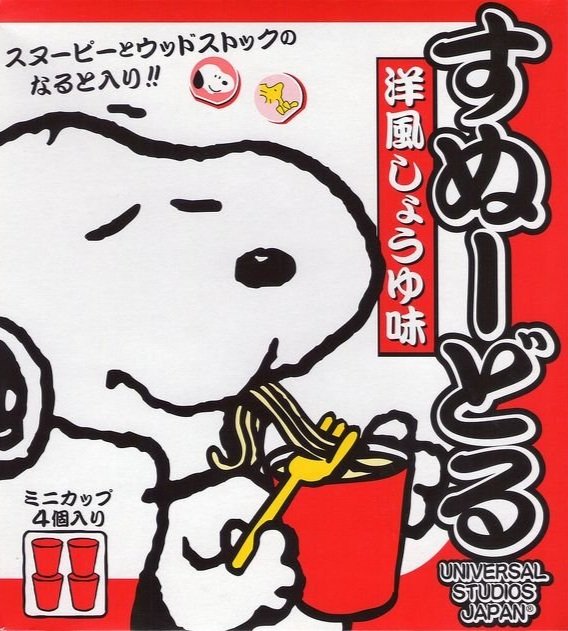The Most Important Game In NPB History - “Dirty” Egawa’s Final Stand
Suguru “Dirty” Egawa
Once in a generation, an athlete is born that is nearly mythic in their ability, their upbringing reading like fantasy, and their record speaking for themselves. In early 80’s NPB, the player that was the most respected in the central league was arguably, Shigeru Kobayashi, The pitcher for the Hanshin Tigers, and 2x Eiji Sawamura award winner. However, that once in a lifetime talent would fall to Kobayashi’s mortal rival. A man who undercut him at every turn, who forced him out of his team and garnered massive national attention through his hardheaded actions, attention that was deservedly his. For Kobayashi, this man was Suguru “Dirty” Egawa.
That name is inherently polarising, carrying the weight of a legendary yet controversial legacy, however it’s not the only controversial nickname awarded to Egawa, as you may know him as “The Enemy of the People” or “The Monster”. Suguru Egawa was public enemy number one in the eyes of Japanese baseball players, the Japanese Baseball commission, and the Japanese Transport Industry. Despite all this, no one can argue that he wasn’t one of the best pitchers the NPB had ever seen.
Egawa’s High School Career
As a child, it was actually Egawa’s brother that the family initially tried to coax into baseball, and upon seeing his brother's success, prompted Egawa to start playing with his family. Egawa’s introduction to baseball is nearly mythological in its narrative. As the story goes, Egawa and his family were throwing rocks near the Tenryu river, and neither his father nor his brother could land their stones on the opposite bank. Through all his might however, Egawa managed to clear the river, and from there, his father pushed him to begin baseball.
Suguru started his career at Sakuma Junior High, however the prime of his school career began when he joined Sakushin Gakuin High School as a starting pitcher. Egawa’s high school career was monstrous, pitching the first perfect game in Tochigi Prefecture High School Baseball history against Karasuyama High. He had over 30 consecutive no-hit innings, and had a runless streak of 145 innings, only ended by Yanagawa high. This record was impressive, however Egawa had his heights set much higher.
The pinnacle of high school sports in Japan is the Zenkoku Koutou Gakkou Yakyu Senshuken Taikai (全国高等学校野球選手権大会) more commonly known as the Natsu no Koushien (夏の甲子園). Natsu no Koushien is ludicrous in scale, often having crowds of over 50,000 people over the two week span. The tournament itself is a single elimination championship across all High School level teams in Japan. It is an honour to compete at the Koshien, let alone win, but Egawa only had his sights on number one.
Egawa’s team didn’t come close in his first two years at high school, however in his third year, he dominated the Touchigi preliminary tournament, pitching multiple shutout games (a game where the other team is prevented from scoring), and moving Sakushin onto the wider Kanto tournament. In the finals of this tournament, Egawa would be matched up against future first round pitcher, Eishoku Nakagawa, against whom he pitched another complete shutout, whilst also going three for three at the bat. This earned Sakushin high an invitation to the ‘73 Spring Koshien, a smaller but equally prestigious event than the Natsu no Kōshien. In his Spring Koshien debut, Egawa had 19 strikeouts, not even letting a hit come through until well into the fourth inning. Unfortunately, Sakushin would be eliminated by Hiroshima Commercial High School, and their secret weapon, future NPB all star Mitsuo Tatsukawa.
Sakushin High never won a Koshien, however Egawa’s legendary performances, and an equally dominant college ball career at Hosei University, landed him national recognition. After finishing university, Egawa was a natural first round pick for multiple teams. However, Egawa would have issues with the draft, and his lack of regard for the integrity of the commission would stir up heat that would affect Japanese industries for nearly 30 years.
Suguru Egawa as Sakushin Gakuin High School pitcher
How Egawa became “Dirty”
Egawa was an overtly single minded player. He had one goal since the beginning of his career, that being to pitch for the Yomiuri Giants. To the ire of the Japanese Baseball Commision, Egawa would not settle for anything less, leading to a 3 year struggle that would eventually end him with the less than stellar reputation that he is known for.
In 1977, the year he graduated Hosei, Egawa was sought after by every team. He was, of course, aiming to be drafted by the Giants, who had the second overall pick, however he was snapped up in the first round by the Fukuoka Crown Lions, later renamed the Saitama Seibu Lions. The Lions were the punchline to every NPB joke in the late 70’s. Their record for the Japan Series can be found below, and boils down to nearly a decade of not qualifying for the Japan leagues. They had no funding, no records, and not enough notable players to be viewed as competitive. Needless to say, Egawa couldn’t have been picked up by a worse team.
Egawa was not, however, destined to be the gem that the Lions used to revive their nearly bankrupt ball club, he was actually being held as leverage in order to get the future investors, The Seibu Corporation, interested and invested.
In an unprecedented move that left the Lions, Seibu and the entire Japanese public up in arms, Egawa decided to turn down the Lions by moving to America to complete a year abroad at the University of Southern California. Once Seibu had purchased the Lions, they made it their mission to convince Egawa to come back. Seibu’s harassment of Egawa got so bad that his manager attempted to take out an ultimately unsuccessful restraining order against the company. This decision to take out the restraining order would make waves in Japan's corporate scene.
Egawa’s manager was a board member at Mitsubishi of America, one of the main suppliers for Seibu’s buses and trains. Because of this decision, Seibu would cut ties with Mitsubishi entirely, removing their products from their lines and starting a feud that would last nearly 30 years. Their feud would only stop in 2004 when the chairperson of Seibu was convicted of insider trading.
However Egawa was not finished in creating enemies with Japanese industries. The Nippon Baseball Commision, upon learning what Egawa was doing, closed the loophole that allowed his actions, so when Egawa came back into Japan two days before the 1978 draft in order to be picked up by the Giants, the entirety of the Central League was up in arms. Egawa’s contract with the Giants was not ratified, and so every team was now attempting to take him hostage in order to extort a huge payout from the Giants. Not only that, Egawa was suspended until June First of 1979 for trying to circumvent the draft. Egawa’s rights were given to the Hanshin Tigers, the Giants biggest rivals, and through negotiation, the Tigers managed to secure a trade for Shigeru Kobayashi.
This is where the rivalry between Egawa and Kobayashi would start. Even though they rarely played against each other, their feud stemmed from the Giants, as after winning his first Eiji Sawamura award and carrying the giants in 1979, he was unceremoniously traded to the Tigers without his knowledge. The team barred Kobayashi from getting his things from camp, aiming to alleviate some of the negative perception Egawa would have in the locker room, however this was nearly entirely in vain, as Egawa was met with nothing short of contempt from his teammates.
Egawa’s first game against the Tigers was also his professional debut. However after he got used to the professional scene, the Giants were sure that the hassle it took to procure him as a pitcher was worth it, as Egawa had one of the most dominant pitching careers in NPB history. Dirty or not, Egawa was untouchable.
Egawa’s Prime and the 1981 Yomiuri Giants
Egawa’s achievements can’t be measured in the same way that traditional players like Shigeru Kobayashi’s can, that being with awards, as Egawa was so despised by everyone at the Japanese Baseball Commision that he was never awarded the Eiji Sawamura Award, even in years it was taken by players far below him. He did however earn a triple crown (a player leading in 3 statistics across a season) in 1981, what many consider to be his prime as he was also crowned central league MVP.
Suguru’s statistics were legendary in 1981. The most important statistic in a pitchers career is their ERA, or Earned Run Allowance. This measures the average number of runs a pitcher allowed through over the 9 innings of a game. Generally, an ERA of 4-5 is considered right average, and an ERA of 3-4 would be considered good. For his first 4 years in the NPB, Egawa’s ERA didn’t rise above 3, his lowest coming in 1981 where he had an ERA of 2.8.
The second most important statistic to a pitcher, and an arguably more accurate denotation of Egawa’s skill is his RA9, or Runs Allowed per 9 Innings. This functions much the same as the ERA, however it accounts for all runs, regardless of if they are earned (an earned run being one scored without the aid of failed passes or fielding error). The RA9 of any player is always going to be higher, however the closer these numbers are the better overall skill of the pitcher. Egawas RA9 in 1981 was 2.55, nearly a whole 0.7 less than rival Shigeru Kobayashi. In ‘81, Egawa also pitched a whopping 7 shutout games across his 26 game season, ending on a final W-L% of .769.
Across his entire career Egawa pitched 266 games, winning 135 of them, and being a starting pitcher for 252 of them. The Giants had Egawa out any chance they got, leading to him having one of the highest games played across his career. The hassle it took to get “The Enemy of the People” on their side seemed to be paying off for the Giants until the end of 1984.
The Downfall of The Enemy of the People
Suguru Egawa was the star pitcher for the Giants for the first 6 years of his career, pitching 184 out of his 266 games. This volume is unprecedented, and for comparison, the starting pitcher for the 1986 Mets, and one of the best pitchers in MLB history, Bob Odeja only pitched 140 games in his first 6 years, rounding out his 14 year career with only 90 more games than Egawa, on a career nearly 6 years longer. This enormous volume of games would start to take its toll on Egawa in 1984, where he would sustain a long term shoulder injury, causing his ERA to balloon to 5.28 in the ‘85 season.
Whilst his ERA returned to normal levels the following year, his shoulder injury made it clear that Egawa was past his prime, starting only 26 games in 1985, compared to the 34 games he would start in his prime. In his final year, Egawa’s age would start to get to him, being 5 years older than the average age of the rest of the league, he only managed a 3.83 ERA, and a measly 113 strikeouts across 166 innings. Egawa was arguably taken over by his secondary pitcher on the Giants, Hiroaki Hirota, who had an impressive ERA of 1.76, although he only pitched 46 innings.
Egawa’s final game would be in the 1987 Japan Series, where the Central League Champions, the Yomiuri Giants, would go up against the Pacific League Champions, and newly appointed arch nemesis, The Saitama Seibu Lions. By this point the Lions had improved their game an inordinate amount, championing the Pacific League and making it to the finals of the Japan Series. The Lions would close out the game 4-2, and after an underwhelming performance from Egawa, the shame of losing to the team that sought after him for so long was enough to push him to retire. The massive rivalry between Seibu and Egawa had come to rest as Egawa walked off the mound for the very last time, defeated. The Giants, feeling responsible for his shoulder injury, bought out the rest of his contract, and gave him a job at Nippon Television.
However the person who got the last laugh in the end was Shigeru Kobayashi, Egawa’s long term rival, and the person initially meant to receive the job at Nippon Television. At the time Kobayashi was a broadcaster and baseball analyst at TBS Television, and was making a pretty good name for himself. Someone on the Giants, either as an attempt to repay Kobayashi or as a way to stick it to Egawa one final time, leaked the details of his retirement to Kobayashi early. Kobayashi therefore became the first person to leak Egawa’s retirement to the public. In a final press conference detailing his retirement, Egawa managed to make one final enemy, as he reflected that choosing to get acupuncture on his shoulder rather than surgery ended his career early, angering the The Japan Society of Acupuncture and Moxibustion.
Since retiring, Egawa has found work as a successful baseball analyst, and even runs a baseball youtube channel, where he has over 200 thousand subscribers. Whilst now his career is long behind him, Japan will never forget the legacy of its most controversial player, The Enemy of the People, Suguru Egawa.








Wrestling’s grand spectacle, reframed by Japan’s women in motion